Finite Queuing Model Solutions: Business Development Assignment
VerifiedAdded on 2022/09/22
|9
|1073
|21
Homework Assignment
AI Summary
This document presents a detailed solution to a finite queuing model assignment, focusing on various scenarios and calculations related to service design and queuing theory. The solution covers multiple problems, including analyzing waiting times, calculating costs associated with service improvements, and determining the optimal number of service windows or docks to minimize waiting times and maximize efficiency. It involves applying formulas for arrival and service rates, calculating probabilities, and evaluating the impact of different service configurations on customer waiting times and overall system performance. The document also includes cost-benefit analyses to determine the economic viability of service enhancements, such as installing additional service points or improving existing processes. The analysis considers factors like the average arrival rate, service rate, number of channels, and the resulting impact on waiting times, system utilization, and overall cost savings. The solution provides a comprehensive understanding of queuing models and their application in service design and business development.
1 out of 9
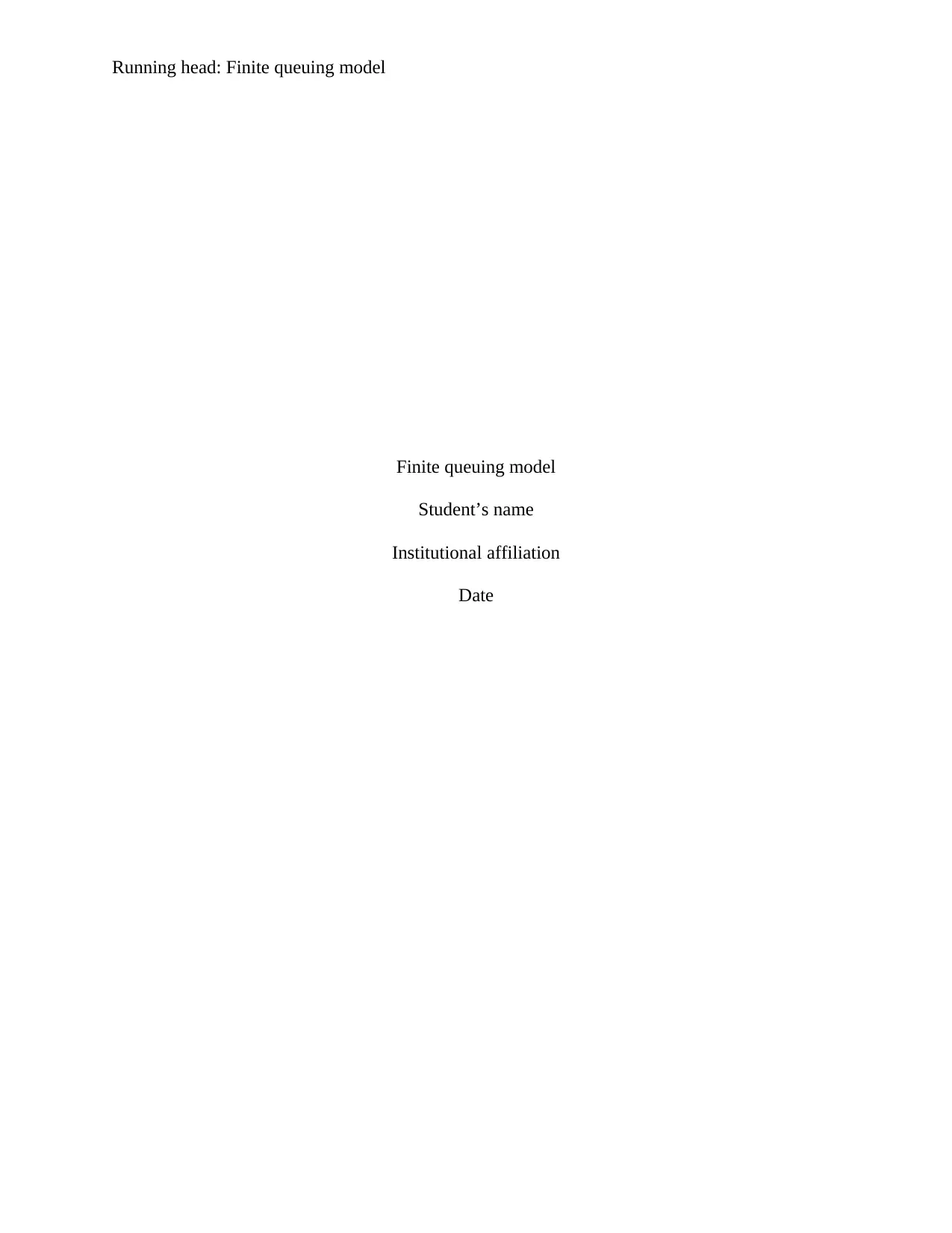
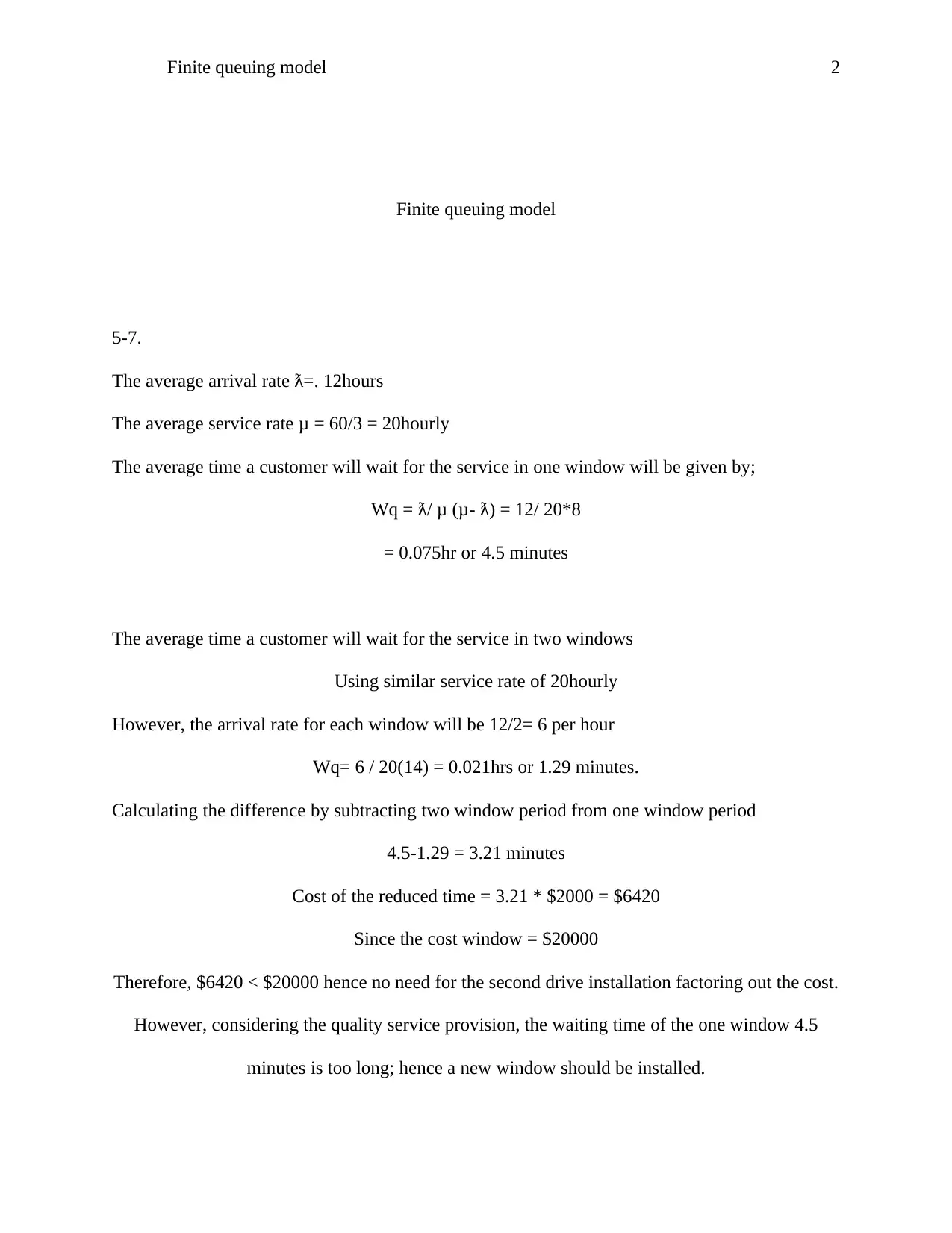
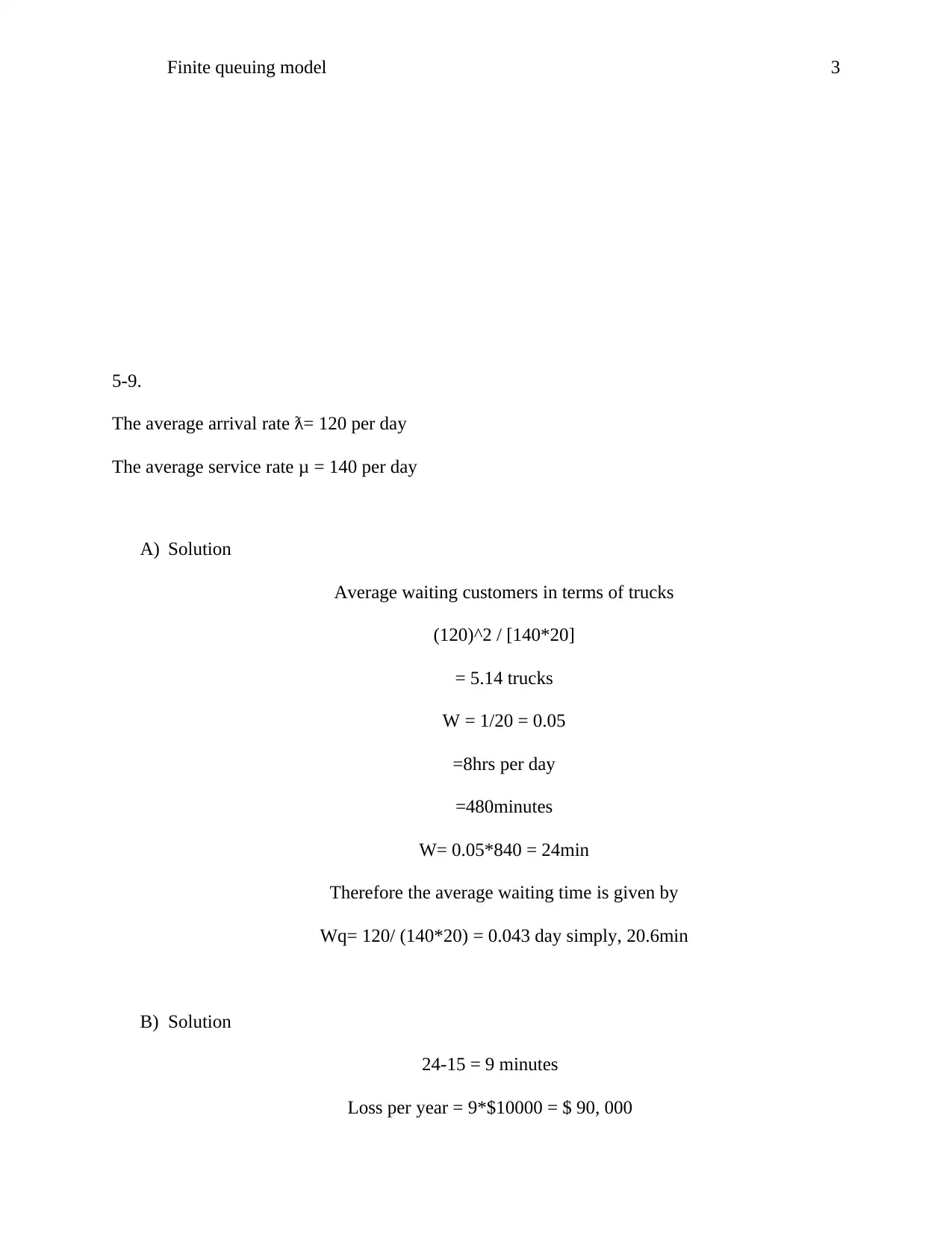


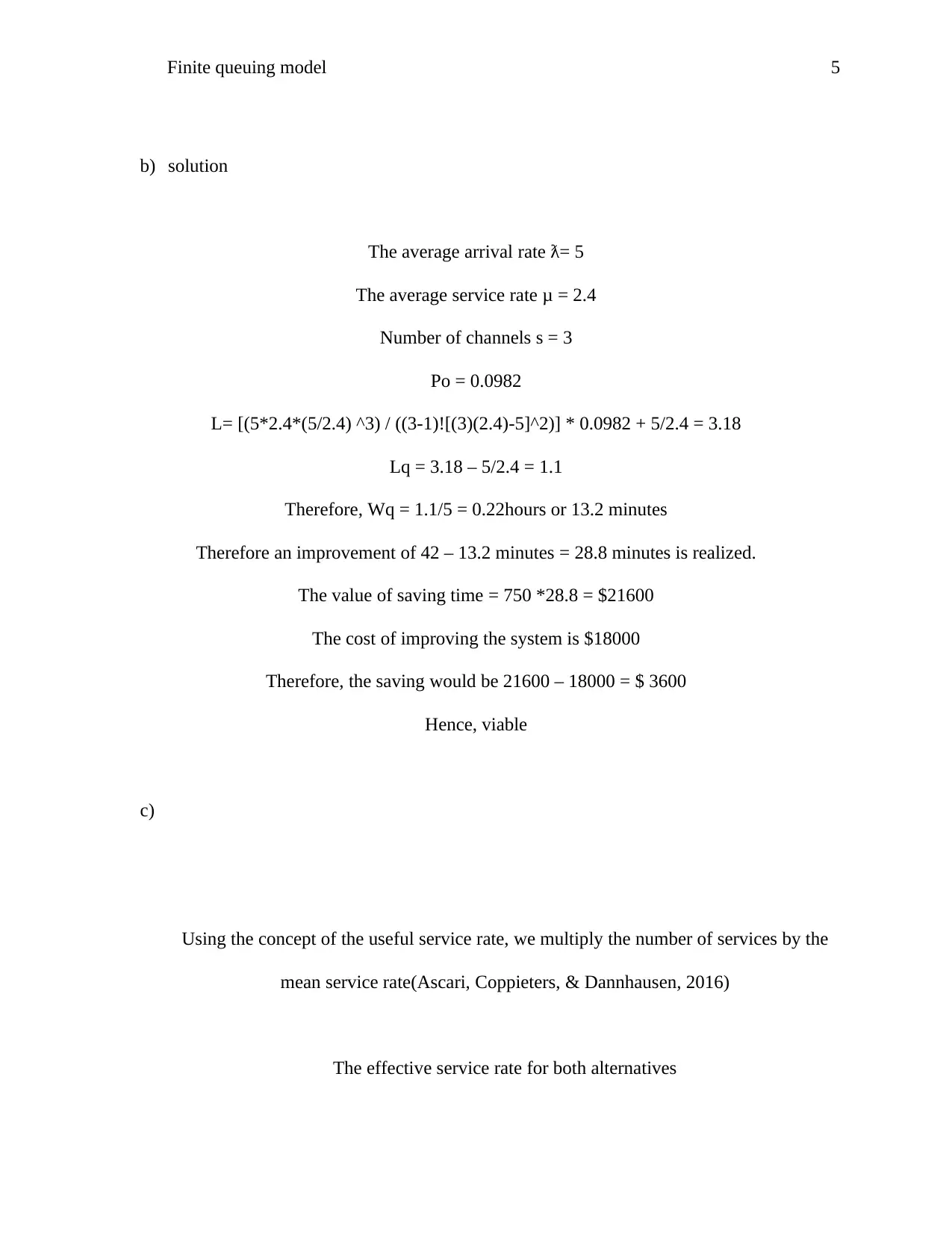

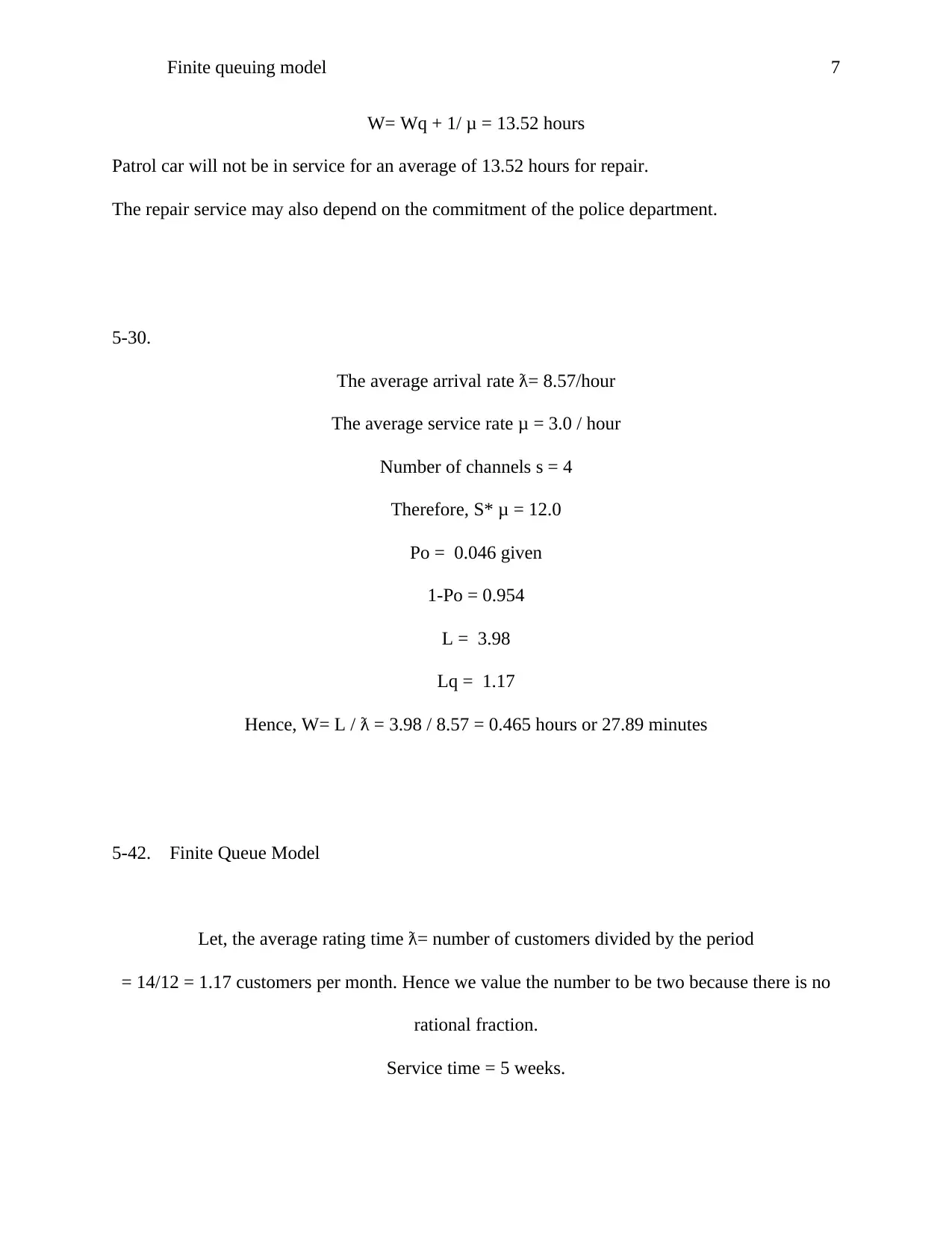
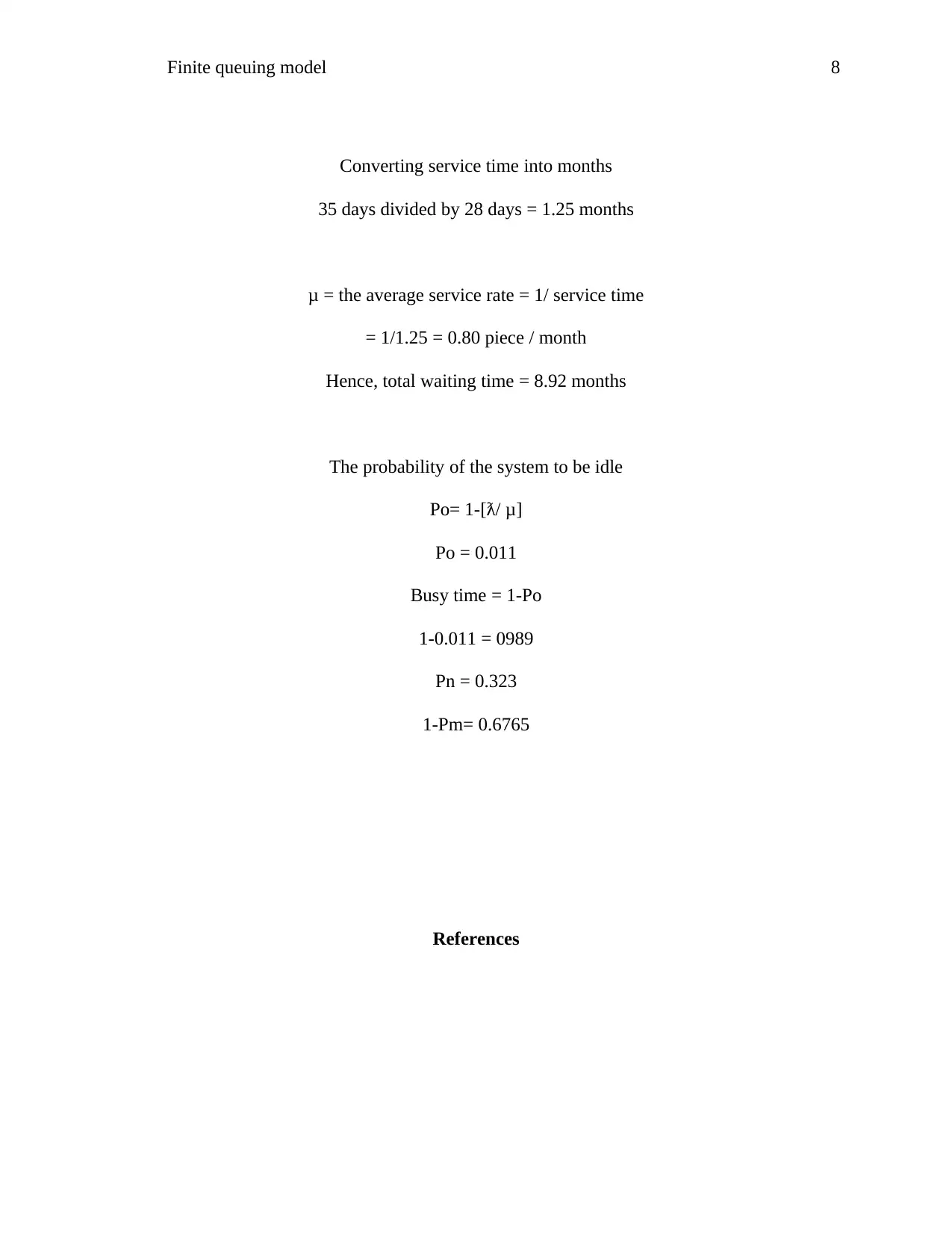

![[object Object]](/_next/static/media/star-bottom.7253800d.svg)